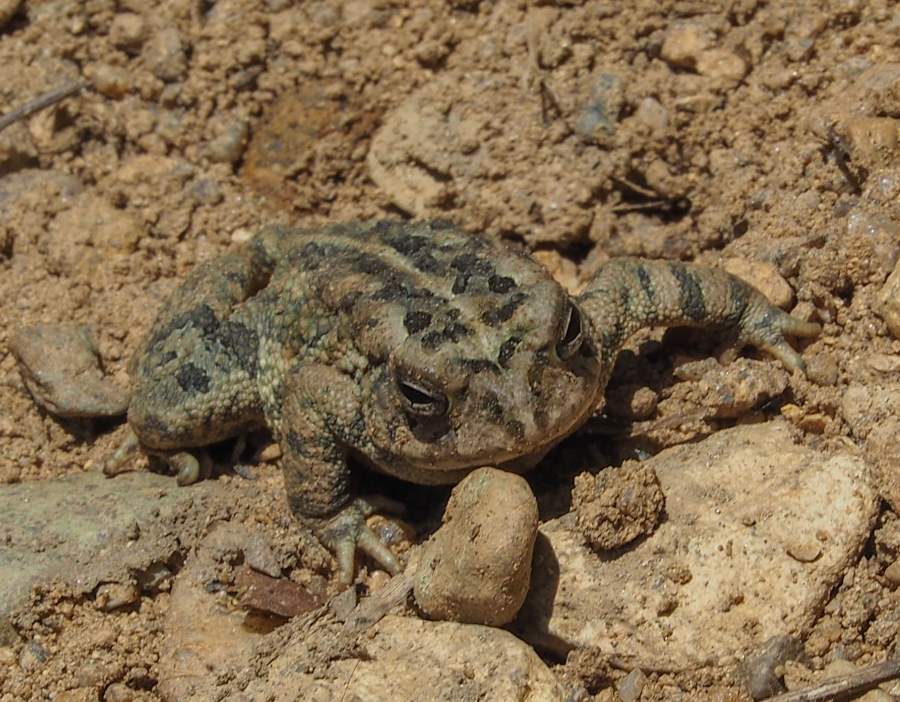What Do Fowler’s Toads Sound Like?
The Fowler’s Toad call sounds like an “unmusical waaahh”. Some people even compare it to a crying baby or someone screaming. The exact characteristics of the Fowler’s Toad call can vary depending on location and temperature, but in general it ranges from 1 to 3 seconds in length, ranging from about 100 to 150 pulses per second.
Fowler’s Toad vocalizations are one of 22 toad sounds in the United States, and one of about 100 frog and toad calls.
The pulse rate of the call (i.e. the space between the individual notes) increases and the call duration decreases as the temperature rises. The call of male Fowler’s toad is shorter and has a higher dominant frequency compared to other species in the same family.
Check out the video below for an example of Fowler’s Toad calling.
Why Do Fowler’s Toads Call?
The Fowler’s toad call most often heard is the mating call of the male during the breeding season. The males use these calls to attract a partner.
Females tend to prefer males with consistently intense (loud) advertisement calls. Other call properties, including call duration, pulse rate, and dominant frequency, remain constant among males within a population and nearby populations.
When Do Fowler’s Toads Make Noise?
Fowler’s toads begin calling in late spring to early summer (ranging from late April to late May, typically), with the exact timing being influenced by environmental conditions. Breeding usually occurs during the peak of the intense chorusing period.
Temperature is a significant factor in initiating choruses of Fowler’s toads, as they do not begin until temperatures reach at least 50-57°F.

Where Do Fowler’s Toads Call From?
Male Fowler’s toads emit their call from clumps of grasses, reeds, and sedges found along the shoreline. They also utilize various forms of cover, such as rocks and debris present on the shore, or even floating mats of debris or algae.
References
This sound guide draws from several sources, including several AmphibiaWeb and Animal Diversity Web, The Frogs and Toads of North America (2009) by Elliott, Gerhardt, and Davidson and Frogs and Toads of the United States and Canada (2013), by C. Kenneth Dodd.
